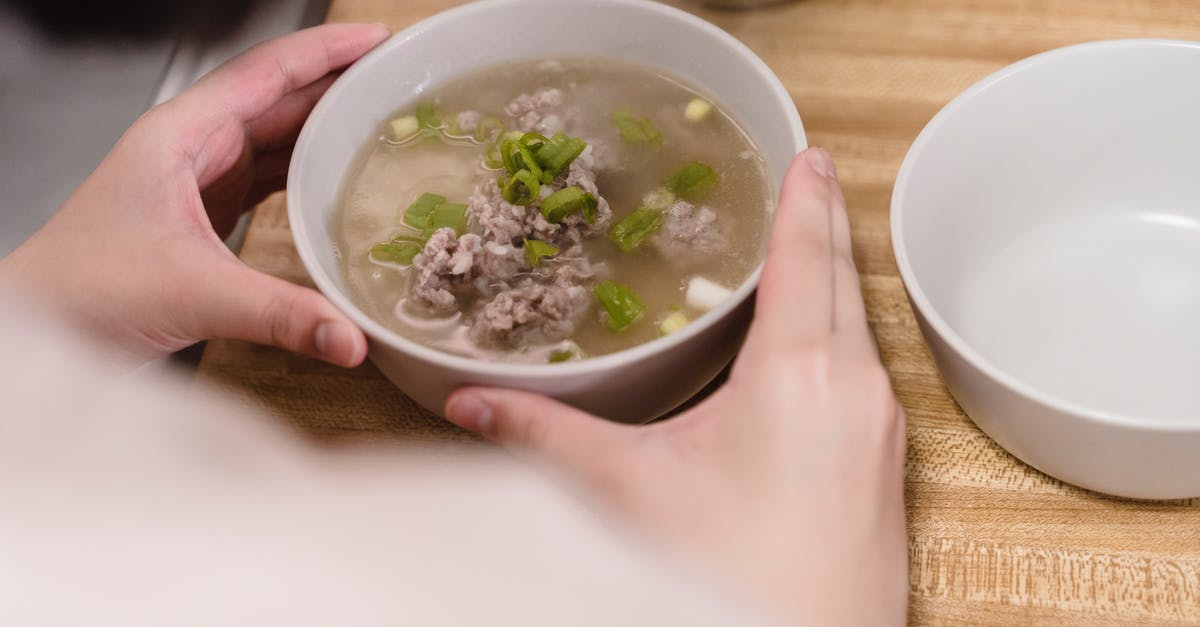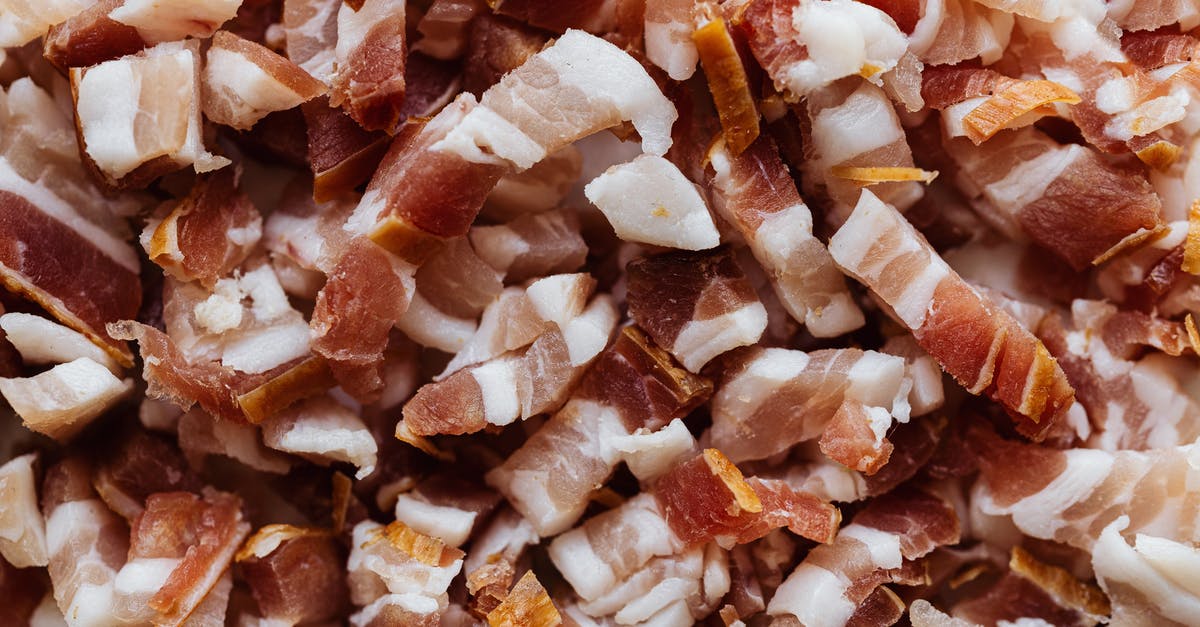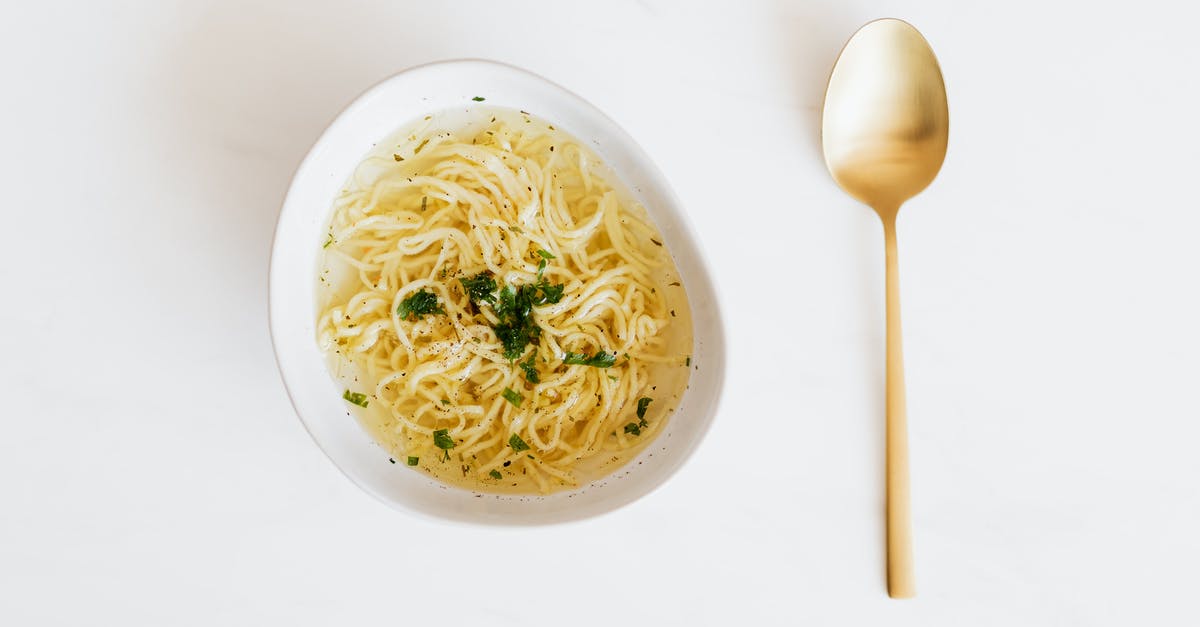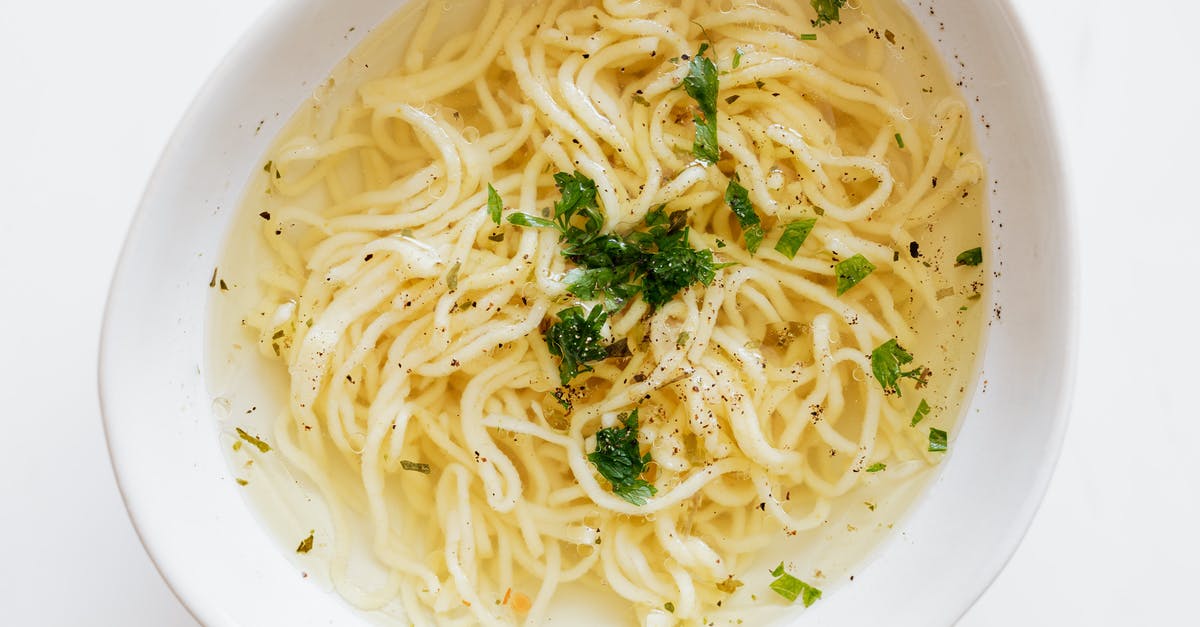How can I achieve flavorful, gelatinous pork broth economically?

It's that time of year, bean soup and split-pea soup are winter favorites of mine. I don't really care if the soups contain actual meat chunks, but I find the flavor absolutely essential to the soups. I also love what the gelatin does for the mouth feel. I've always been very happy to get such a broth as a by-product of cooking pork, but I've never set out to make pork broth. If I could afford all the bacon I could ever want it would be problem solved. Alas, I cannot. What products should I be looking for, and what techniques might be helpful with those perhaps less familiar products? I have all the time in the world, but not much money.
Edit: Specifically, I'd like especially to know about cuts that you might recommend. Of course I'm familiar with loin, ham and belly, but less so with neck, feet and jowls - that kind of thing. My local grocery occasionally has smoked neck. When I've seen it I wasn't thinking pork stock/broth at the time so I didn't really look at it or the price. But now that I want broth, I wonder about the lesser known (to an American) cuts. There are a few local butchers that might bag up "stuff" for me, if I knew enough to know what to ask for. Smoked products might be preferred (I like the smoky taste in bean soup and that's specifically why I would make such a broth) but I could always add at least some smoked product to the actual soup.
For what it's worth, "broth" or "stock" has always been a rather meaningless distinction to me. Is it liquid that adds the flavor of the meat to whatever I'm making? That's what I'm looking for.
Best Answer
Good home-made stock is easy and cheap to make. All you need is an old stock pot (no lid needed, you want the water to evaporate), and a bunch of pork bones and connective tissue. The bones will add the pork flavor, while the connective tissue will break down into gelatin.
The best way to get the pot is a thrift store (charity shop to UK types), and the best way to get the bones is to make friends with a butcher - they often have loads of bones and connective tissue that go into the garbage and are happy to sell it dirt cheap.
To make the stock all you need to do is add the bones and connective tissue to the pot with enough water to cover them completely, and cook it down for hours and hours. Many chefs would recommend adding stock vegetables like onions and carrots at the beginning, and straining them out after an hour. After a few hours you'll have all the good stuff out of the bones and connective stuff, so strain them out and then simmer the stock until you have the consistency and flavor concentration you want. You can cook it down until it's a syrup if you want, although that takes a long time. You can then freeze it for months.
If the amount of gelatin you want isn't there you can simply add unflavored gelatin, it's very inexpensive and easy to use.
EDIT: As for smoke, I wouldn't add it in to your broth. You won't always want the smoky flavor and if you do it's easy enough to add some smoked pork or liquid smoke later if you do. Leaving it out gives you more flexibility later.
Pictures about "How can I achieve flavorful, gelatinous pork broth economically?"



Quick Answer about "How can I achieve flavorful, gelatinous pork broth economically?"
The gelatinous stock comes from collagen and the best way to get any of that is to use bones. The best way I've found to do it is to make stock with all the bones left over after you've eaten ribs. Recently, I made 2 full racks of baby back ribs, and the meat was tender enough to just pull out the bones after cooking.How do you make a stock more gelatinous?
Why is pork broth not popular?
Hardly anyone makes pork broth/pork stock anymore! For that reason, pork bones are often considerably cheaper than other types of bones (with the exception of fish bones). In fact, it can be difficult to even find pork bones for sale in supermarkets. They're rarely on display.What cooking method produces a rich broth?
Soups and Stocks: Because simmering releases the fat and proteins from meat, it produces a rich flavorful broth that can be used in soups or stews. Vegetables: Tough root vegetables like potatoes and carrots are cooked to the perfect texture with gentle simmering.How gelatinous should stock be?
In my eyes, a good white chicken stock should have the full, clean flavors of chicken and aromatic vegetables, and have more body than water. If it gels at least slightly when chilled, that's a good sign as far as body is concerned.Gelatinous Bone Broth - Why It Is Important
More answers regarding how can I achieve flavorful, gelatinous pork broth economically?
Answer 2
I recently began using a pressure cooker for my stocks. I've found that in 45-90 minutes I can achieve the kind of flavor and mouth feel that you are describing. The pressure cooker is not just faster, I find it creates more flavorful stocks with a much better mouth feel. To achieve smoke flavor, you could smoke the pork bones and/or other stock ingredients...you can even smoke the water that you are going to use for the stock, use a smoked ham hock, or use a very small amount of liquid smoke.
Answer 3
What you are looking for is cuts or parts that are high in connective tissue and other collagen sources, like cartilage.
If you are looking at meat cuts, something like the shoulder has a lot of the tendons, ligaments and connective tissues. That's why that cut would be horrible with faster cooking methods, like grilling on a hot grill, but does great with lower temperature slow-cooking methods, that break down the collagen from the meat tissues. Another advantage is that these "tougher" cuts are cheaper than the ones with more "uninterrupted" muscle meat.
I think pork knuckles/ham hocks are specifically made for this purpose. That's the equivalent in human anatomy to the ankle - the joint that connects the foot/hoof to the leg.
Answer 4
The best way to make a good stock is using bones. Ideally, that's all you want to use to make your stock. The gelatinous stock comes from collagen and the best way to get any of that is to use bones. The best way I've found to do it is to make stock with all the bones left over after you've eaten ribs. Recently, I made 2 full racks of baby back ribs, and the meat was tender enough to just pull out the bones after cooking. I took the bones in a pot, filled it with water up to just a few inches above the bones, and simmered for 8 hours. Of course, I was making a basic stock so I had a mirepoix and stuff, but that's the base of how to get the gelatinous stocks. You can season it how you like. Afterwards, strain it and you'll have a beautiful stock. Remember, a simmer is not a boil. You want to see the water moving inside, but if you see bubbles coming up, turn down the heat a few degrees until you get there. Keep adding water until the stock has simmered for the full 8 hours. For chicken, 3-4 hours is good and for beef, 10-12 hours is good. It's all different but to sum it all up, use the bones.
Answer 5
I make the best gel/broth ever. After eating a spiral ham I take all the fat and left over meat bits and the bones and throw it in a big pot filled with water. I slow boil this for about three days constantly putting more water in (turning it off at night). when the bones are porous and softish I stop. let it cool, strain every thing out, separate the bones from the fat and meat. Then puree the meat, fat and broth together until it looks like very wet pate. Cook it down again. strain the solids out (save the meat solids and make hash OMG TO DIE FOR) refrigerate the liquid. When the fat is solid on the top peel it off and you will have the nicest, jiggliest ham jelly ever. I render the fat down a few more times by heating and cooling it and stripping the fat off the top. it gets cleaner and whiter every time as more meat "contaminants" are separated. what you eventually end up with is pure beautiful lard which makes the most heavenly biscuits and pie crusts. NOTE: I do this with all boned meats. Beef yields tallow which is great for cooking, Turkey and chicken dont give up a good fat but out of a Thanksgiving Turkey I can get enough broth to enhance my cooking for at least 6 months. I store 4 cups in a Freezer Ziplock quart bag, frozen flat. I also have osteoporosis so drinking this homemade broth is very good for me. GOOD EATING
Sources: Stack Exchange - This article follows the attribution requirements of Stack Exchange and is licensed under CC BY-SA 3.0.
Images: Annushka Ahuja, Karolina Grabowska, Karolina Grabowska, Karolina Grabowska
